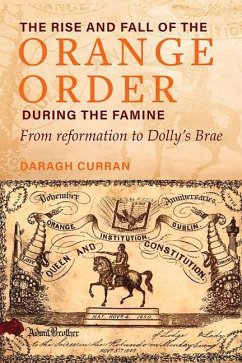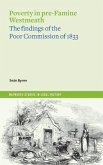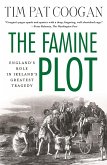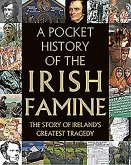Formed in 1795, the Orange Order had grown into a formidable popular organisation in its first forty years of existence. However, against a background of major social, political, and economic change, the Grand Orange Lodge of Ireland made the forced decision to disband the Order in 1836 in the face of mounting government pressure. In spite of this, the extremely widespread Protestant association could not simply disappear and continued to thrive at local level. By 1845 it had been officially revived amidst fears of renewed Catholic agitation. Within the next four years the Order eventually returned to its previous popular standing. This journey was far from straightforward and many obstacles needed negotiation. This book will explore many factors such as the failed Young Ireland Rebellion of 1848 and the notorious and fatal clash with Catholics at Dolly's Brae in 1849, and trace the uneven and difficult path undertaken by Orangemen through this pivotal time in Irish history.
Hinweis: Dieser Artikel kann nur an eine deutsche Lieferadresse ausgeliefert werden.
Hinweis: Dieser Artikel kann nur an eine deutsche Lieferadresse ausgeliefert werden.








